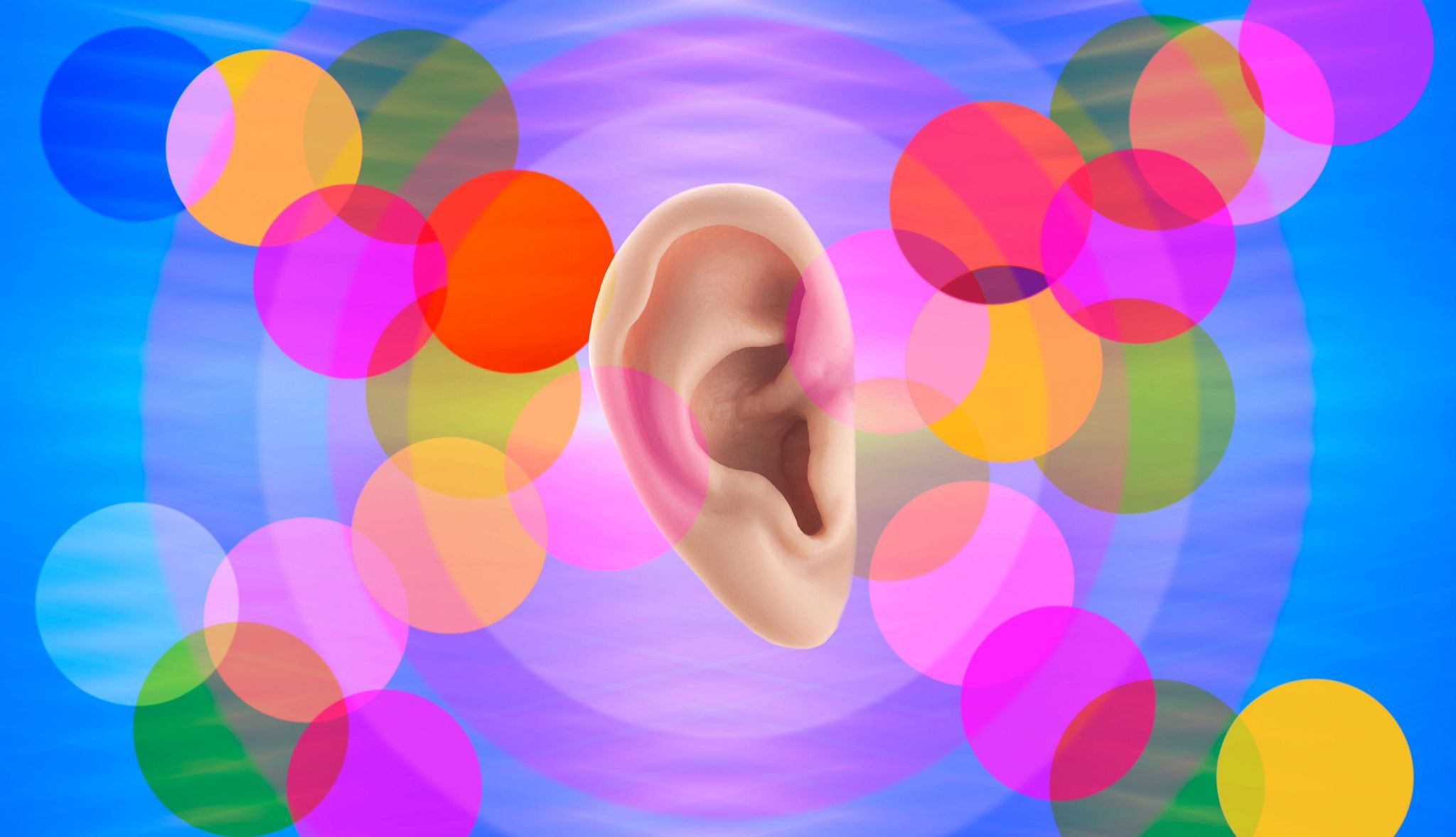AARP Hearing Center


We may prefer not to talk — or think — about earwax, but older adults are more likely to have problems with this sticky substance.
Although earwax may seem icky, the substance that's made of dead skin and oil has an important purpose: protecting your ears from dust and dirt. Sometimes, a buildup of earwax can feel bothersome and interfere with your hearing, and changes in earwax are linked to other health conditions.
So, before you grab a Q-tip, which doctors discourage, learn how earwax can indicate some health conditions.
“Earwax, or cerumen, can reveal quite a bit about what’s happening in the ear canal and sometimes even broader health trends,” says Signe Steers, an audiologist at The Audiology Place in Sydney, Australia. While the wax itself isn’t used to diagnose conditions, changes in its appearance can mean important things about your health.
Here are five things your earwax is trying to tell you.
1. Color
Healthy earwax is off-white, golden or orange when it’s new. Older earwax may be darker. This is normal. Other colors may indicate a health concern.
- Green: could mean you have an infection
- Brown with red streaks: you might have an ear injury or a ruptured ear drum
- Black: indicates a blockage
2. Odor
If your earwax has a funky odor, it could be a sign of infection, like the type that happens with swimmer’s ear, when water gets stuck in the ear canal from swimming. It could also be a sign of another bacterial or fungal infection. In infants, earwax that smells like maple syrup can be a signal of maple syrup urine disease, a rare disease that occurs when the body cannot metabolize amino acids. Although it’s much more common in babies, this disease can also affect adults, causing movement disorders like tremors.
3. Jaw movement
It might surprise you that chewing food plays a role in earwax. Steers says the jaw movement when eating and talking helps to move wax outwards from the ear canal.
“It’s a self-cleaning mechanism of the ear, supported by the migration of skin cells and aided by jaw motion,” she says.
“This natural process can slow down in people who are less mobile or in older adults with reduced chewing due to dentures or softer diets, leading to more wax build-up and impaction. That’s one reason why regular ear checks are important for older adults — even in the absence of obvious symptoms,” she says.


































































More From AARP
6 Bad Habits for Your Hearing
Protect your ears, avoid these behaviors
How to Protect Your Hearing When You Have Hearing Aids
There are things you can do to help prevent additional hearing loss and the problems associated with it. Take a look.
Your Smart Guide to Hearing Health
23 ways to keep hearing clearly